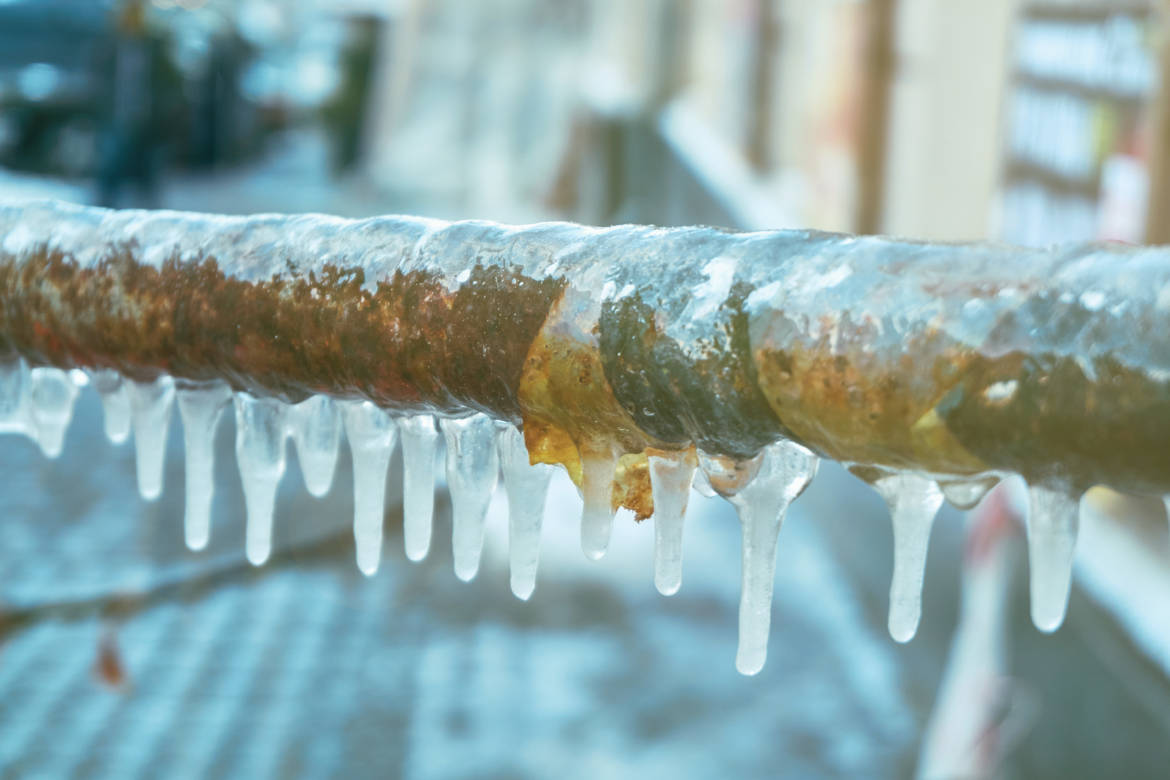The author is making several good points regarding How to Prevent Your Pipes From Freezing as a whole in this post directly below.

Cold weather can damage your pipes, specifically by freezing pipelines. Below's just how to stop it from happening and what to do if it does.
Introduction
As temperatures drop, the threat of icy pipelines boosts, potentially resulting in costly repairs and water damages. Comprehending exactly how to prevent icy pipes is essential for homeowners in cool climates.
Avoidance Tips
Protecting vulnerable pipelines
Wrap pipelines in insulation sleeves or use warmth tape to safeguard them from freezing temperature levels. Focus on pipelines in unheated or exterior areas of the home.
Home heating techniques
Maintain indoor spaces appropriately heated, particularly locations with plumbing. Open cupboard doors to permit cozy air to circulate around pipes under sinks.
How to identify icy pipes
Seek lowered water circulation from taps, uncommon smells or sounds from pipes, and noticeable frost on exposed pipelines.
Long-Term Solutions
Structural changes
Think about rerouting pipelines far from outside walls or unheated locations. Add added insulation to attics, cellars, and crawl spaces.
Upgrading insulation
Buy top quality insulation for pipelines, attic rooms, and wall surfaces. Appropriate insulation aids keep regular temperature levels and decreases the risk of icy pipes.
Shielding Outside Plumbing
Yard hoses and exterior faucets
Separate and drain yard hoses prior to winter. Set up frost-proof faucets or cover outside taps with insulated caps.
Comprehending Icy Pipes
What triggers pipelines to freeze?
Pipes ice up when revealed to temperatures below 32 ° F (0 ° C) for prolonged durations. As water inside the pipelines ices up, it expands, putting pressure on the pipe walls and potentially triggering them to rupture.
Threats and problems
Icy pipelines can bring about water supply disruptions, building damages, and pricey repair services. Burst pipes can flood homes and trigger substantial architectural damage.
Indications of Frozen Piping
Recognizing icy pipelines early can prevent them from rupturing.
What to Do If Your Pipelines Freeze
Immediate actions to take
If you believe icy pipes, keep faucets available to alleviate pressure as the ice thaws. Make use of a hairdryer or towels soaked in warm water to thaw pipes gradually.
Final thought
Avoiding icy pipes needs aggressive procedures and quick responses. By recognizing the causes, indicators, and preventive measures, home owners can safeguard their pipes throughout cold weather.
5 Ways to Prevent Frozen Pipes
Drain Outdoor Faucets and Disconnect Hoses
First, close the shut-off valve that controls the flow of water in the pipe to your outdoor faucet. Then, head outside to disconnect and drain your hose and open the outdoor faucet to allow the water to completely drain out of the line. Turn off the faucet when done. Finally, head back to the shut-off valve and drain the remaining water inside the pipe into a bucket or container. Additionally, if you have a home irrigation system, you should consider hiring an expert to clear the system of water each year.
Insulate Pipes
One of the best and most cost-effective methods for preventing frozen water pipes is to wrap your pipes with insulation. This is especially important for areas in your home that aren’t exposed to heat, such as an attic. We suggest using foam sleeves, which can typically be found at your local hardware store.
Keep Heat Running at 65
Your pipes are located inside your walls, and the temperature there is much colder than the rest of the house. To prevent your pipes from freezing, The Insurance Information Institute suggests that you keep your home heated to at least 65 degrees, even when traveling. You may want to invest in smart devices that can keep an eye on the temperature in your home while you’re away.
Leave Water Dripping
Moving water — even a small trickle — can prevent ice from forming inside your pipes. When freezing temps are imminent, start a drip of water from all faucets that serve exposed pipes. Leaving a few faucets running will also help relieve pressure inside the pipes and help prevent a rupture if the water inside freezes.
Open Cupboard Doors
Warm your kitchen and bathroom pipes by opening cupboards and vanities. You should also leave your interior doors ajar to help warm air circulate evenly throughout your home.

I recently found that write up about 6 Ways to Prevent Frozen Pipes when doing a lookup on the search engines. Enjoyed our posting? Please share it. Help somebody else locate it. Thank you for your time. Kindly pay a visit to our blog back soon.
Set An Appointment